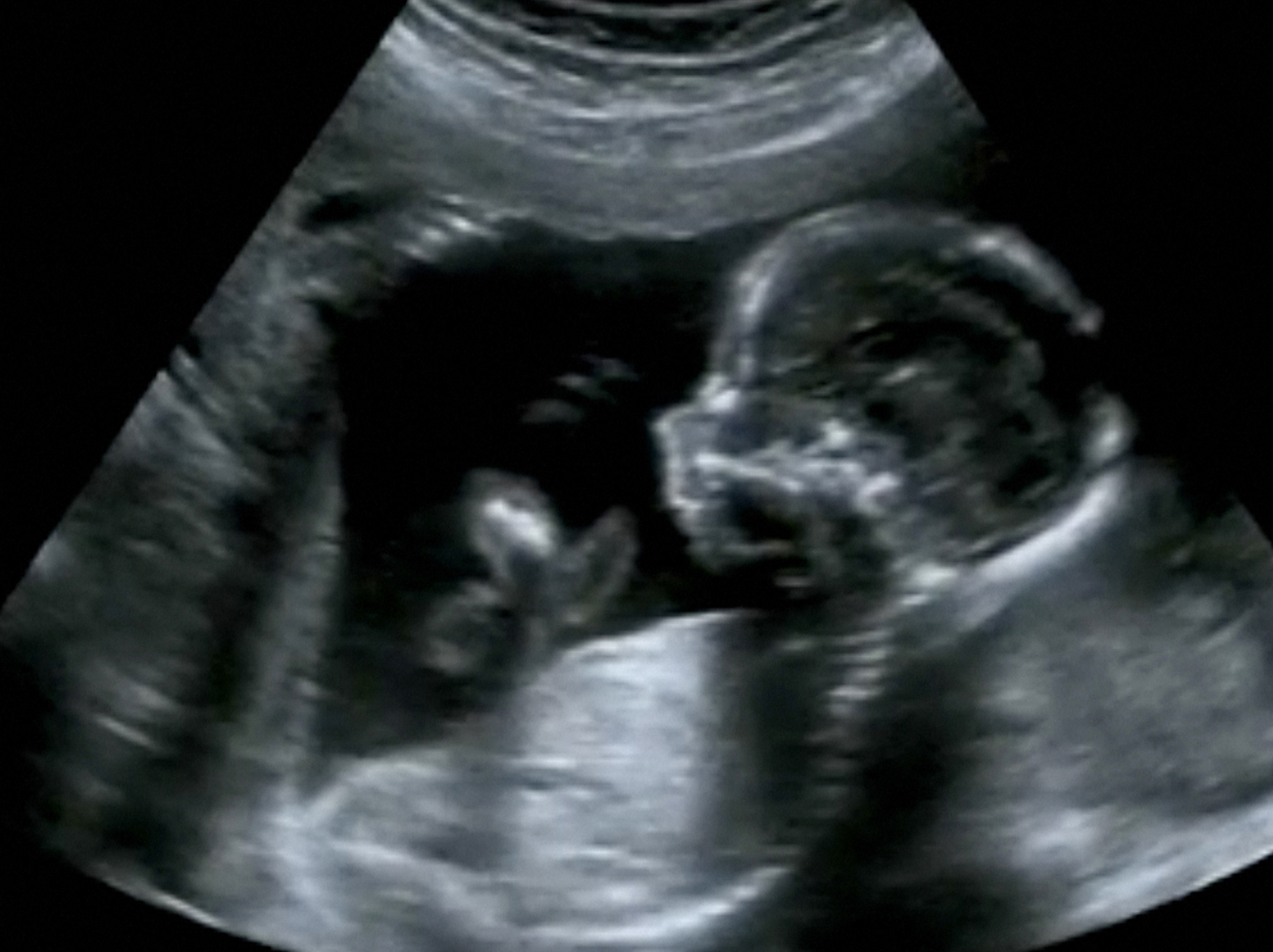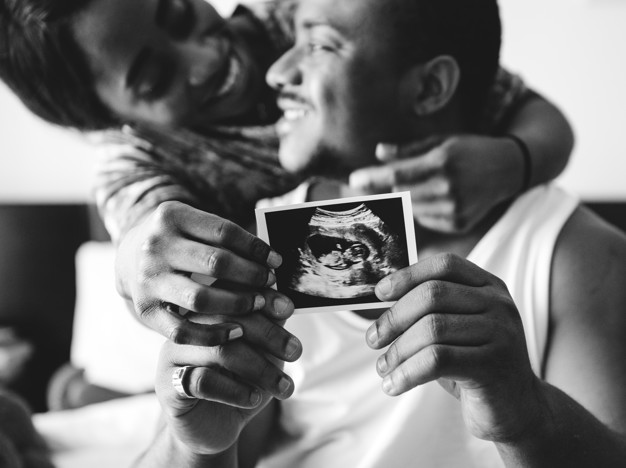
Your pregnancy scans and what to expect
Second Trimester Scanning
- Anomaly scan
The second routine scan that you will be offered is around 18-21 weeks of pregnancy and this is commonly called the anomaly scan. It doesn’t really sound particularly comforting!
It’s looking to see if your baby may have any of a number of medical conditions that can be seen on pregnancy scans. Scans can’t pick up everything, so unfortunately, they cannot confirm for sure that your baby won’t have any medical conditions, so if you are concerned about a specific condition, perhaps one that’s in your family, you may need to ask whether it’s something that might be able to be seen.
- Low Lying Placenta
This 18-21 week scan also looks for the location of your placenta which ideally and in a majority of women, will be well away from the cervix. Sometimes they may see that your placenta is what’s called ‘low lying’. A low-lying placenta means that it is close or closer to your cervix. Even if it is closer to your cervix, or partially touching the cervix, it often moves upwards and away as your pregnancy progresses.
How does it move I hear you say!
It doesn’t move by itself. Your womb is an amazing organ and grows from the size of a pear, to just below your rib cage during your pregnancy. To do this the muscles work very differently to other muscles in your body.
The lower down muscles of your womb called the lower segment, do not start growing till the third trimester. When this area starts to grow, anything above moves up higher! So if your placenta is lower down, when the lower segment grows, your placenta moves upwards. This lower segment of the womb can grow by up to 10cm!
You will be offered another follow up scan around 32 weeks to check that this has happened. You may also be offered a second one at 36 weeks.
Sometimes the person doing the scan (sonographer) may not be able to see part of your baby, for instance if they are lying in a difficult position to see. Or, they may think they’ve spotted something, but they’re not sure, and you may be asked to come back for another scan later on, which can be very worrying. You can ask as many questions as you like and seek support from your midwife if you want to, before you go for a follow up scan.
If a medical problem is found, depending on what the problem is you may be offered further scans as your pregnancy progresses.
During the anomaly scan the sonographer may be able to tell you the sex of your baby, however many hospitals are not offering this anymore, as the reason for the scan is to check for health conditions, not to see the sex of your baby. Even if you do choose to find out, it’s not going to be 100% certain! If you do not want to know (in case they can see easily) make sure you let them know that you do not want to find out, to stop an accidental he or she mentioned!
Non routine scans
- Early pregnancy scan
If you have had signs of an early miscarriage (before your dating scan is offered), or if you have previously experienced early miscarriage, you can request to have an early pregnancy scan. Although this can be done from around 5 weeks of pregnancy the sonographer may not be able see a heartbeat for another week or so. With very early scans a better picture is likely to come from a transvaginal ultrasound, which is a probe inserted into your vagina rather than placed on your tummy.
- Late pregnancy scans
Towards the end of pregnancy you may be offered more scans. Reasons for this may be to estimate the baby’s size, how they are growing, and other indications of the baby’s wellbeing such as the amniotic fluid levels. Unfortunately estimates of a baby’s size can be quite inaccurate. Many babies are estimated to be huge, and are born by induction and then found to be quite small or of average size!

It is only possible to estimate the baby’s growth pattern with a series of scans. Just one ‘growth’ scan only estimates the baby’s size at one point in time, and it is useless at trying to see whether the baby is growing at the expected rate. This is because estimating growth can only happen if you have the scan data to show how they’ve grown between several periods of time (ideally at least three). So, if you are offered just one growth scan you may wish to discuss whether this is of any benefit at all.
- Twins and multiples
If you are pregnant with two or more babies you will be offered more regular scans throughout pregnancy, checking on your babies’ welfare and growth. These scans check for specific issues that only relate to twins and multiples and they also help to work out your babies positions which is useful information when planning your birth.
In conclusion
There are many reasons why scans are offered in pregnancy, but these are the most common. As you know, they are all optional, and only you can decide what to accept or decline. It can therefore be helpful to know why they are being offered, and what you may gain from the information they may give to you.

Leave A Comment